Meat Processing Line Solutions for Automated Pork, Beef, and Lamb Cutting & Packaging
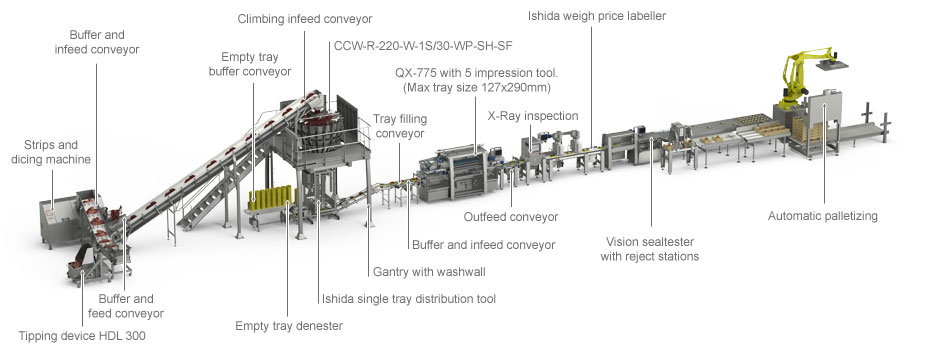
In today's meat processing industry, rising consumer demand for quality, hygiene, consistency, and reliable supply is driving a fundamental shift. The traditional manual-based processing model in the pork, beef, and lamb sectors is increasingly outdated, plagued by inefficiencies, labor challenges, and food safety risks. Automation, precision cutting, and integrated processing lines are fast becoming the standard for modern meat factories looking to improve competitiveness and profitability.
As a specialized manufacturer of meat processing equipment, we understand the pain points of the industry and the trajectory of technological trends. This article provides a detailed overview of how our complete solution — from slaughtering, chilling, deboning, precision cutting, to packaging and freezing — delivers tangible value and sustainable returns for red meat processors.
1️⃣ Industry Challenges: The Four Major Bottlenecks Facing Traditional Red Meat Processing
1. Heavy Reliance on Labor, Lack of Control
Traditional operations depend heavily on experienced manual workers, resulting in inconsistent cutting standards, fluctuating efficiency, and unstable yield rates. Rising labor costs and workforce shortages further strain profitability.
2. High Food Safety Risks
Multiple manual handling points increase the risk of cross-contamination, hygiene blind spots, and traceability failures, all of which compromise product quality and brand reputation. Meeting modern food safety regulations becomes increasingly difficult.
3. Opaque Costs, Uncontrollable Losses
Manual cutting generates significant waste, inconsistent yields, and unquantifiable losses, making accurate cost management and profitability analysis impossible. Poor cutting accuracy wastes valuable raw materials and reduces product value.
4. Homogeneous Products, Low Added Value
Traditional cutting struggles to support diversified, high-specification products required by modern retail, foodservice, and ready-meal markets, limiting companies' ability to expand into higher-margin segments.
2️⃣ How Automated Precision Processing Solves Industry Pain Points
Our fully integrated pork, beef, and lamb processing lines cover every step — slaughtering, chilling, deboning, precision cutting, packaging, and freezing — creating a standardized, scalable, intelligent production solution to boost operational performance and product competitiveness.
Production Stages & Core Benefits
| Stage | Key Equipment | Technical Advantages | Problems Solved |
|---|---|---|---|
| Slaughter / Chilling / Aging | Slaughter lines, chilling tunnels, aging rooms | Strict temperature & hygiene control ensures quality | Compliance with regulations, improved meat texture & color |
| Deboning | Intelligent deboning, skinning machines | Precision yield control, reduced waste | Lower labor reliance, improved yields |
| Precision Cutting | Intelligent slicers, portioning machines | AI-driven precision cutting, consistent output | Weight accuracy, standardization, minimized waste |
| Packaging / Freezing | Vacuum packaging, freezing tunnels | Automated weighing, labeling, packaging, freezing | Extended shelf life, safe logistics |
3️⃣ Key Technologies Driving Modern Meat Factories
1. AI Vision & Intelligent Cutting
High-resolution scanners and AI algorithms identify muscle and fat structures, optimize cutting paths in real time, and ensure precise portion control, minimizing material loss.
2. Modular & Flexible Line Design
Production lines can be flexibly configured for pork, beef, or lamb, easily switching between product types or specifications to maximize output and meet diverse market demands.
3. Full Digital Traceability
Comprehensive data tracking ensures traceability from raw materials to finished goods, meeting export and retail client requirements. Real-time data supports refined cost management and quality control.
4. Energy Efficiency & Sustainability
Our equipment is engineered for low energy consumption and high efficiency, reducing utility costs and supporting green factory initiatives aligned with industry trends.
4️⃣ ROI Analysis: Clear Savings, Visible Gains
When comparing traditional manual processing with automated production, the economic benefits are evident:
| Metrics | Traditional (Labor-Intensive) | Automated (Smart Production Line) |
|---|---|---|
| Labor Costs | High, unstable, high turnover | Reduced headcount, simplified management |
| Yield Rates | Inconsistent, wasteful | Controlled, 3-5% higher yields |
| Product Consistency | Poor, leads to complaints | Standardized, consistent quality |
| Food Safety | High risk, poor traceability | Full compliance, traceable systems |
| Energy Consumption | Wasteful, inefficient | Energy-saving, cost-reducing |
| Brand Value | Undifferentiated, low margin | Diversified, premium positioning |
Case Example:
For a plant processing 20,000 tons of red meat annually, a 3% yield improvement alone can offset a significant portion of equipment investment, not to mention the additional savings from reduced labor, enhanced efficiency, and expanded market opportunities.
5️⃣ Industry Trends: Standardization & Automation Are Inevitable
1️⃣ Market Demands Rising: Retail chains, foodservice, and ready-meal brands demand standardized raw materials, pushing supply chains to upgrade.
2️⃣ Regulatory Pressures: Global food safety standards are tightening, requiring traceability and hygiene controls throughout production.
3️⃣ Labor Costs Escalating: Shrinking labor pools make manual operations unsustainable; automation is a must for future competitiveness.
4️⃣ Export Competition Increasing: Automation and digitalization enhance competitiveness in international markets.
Future meat processing is no longer about volume alone but about how precision, standardization, and technology drive profitability.
6️⃣ Conclusion: Automated Precision Lines Build Long-Term Competitive Advantage
Upgrading to automated precision cutting and processing lines is not just an equipment investment — it’s a strategic leap towards future-proof, scalable, and sustainable growth. It strengthens efficiency, enhances brand credibility, controls costs, and builds new barriers to competition.
As a dedicated developer and manufacturer of meat processing solutions, we are ready to partner with industry leaders, offering proven technologies, practical expertise, and tailored support to help your factory achieve standardized, scalable, and digitalized operations — shaping the new benchmark in red meat processing.
📩 Contact us today for a customized production line proposal or to schedule a visit to our demonstration plant and see the future of intelligent meat processing in action.
Must-Read Blogs For Chain Restaurants Owner

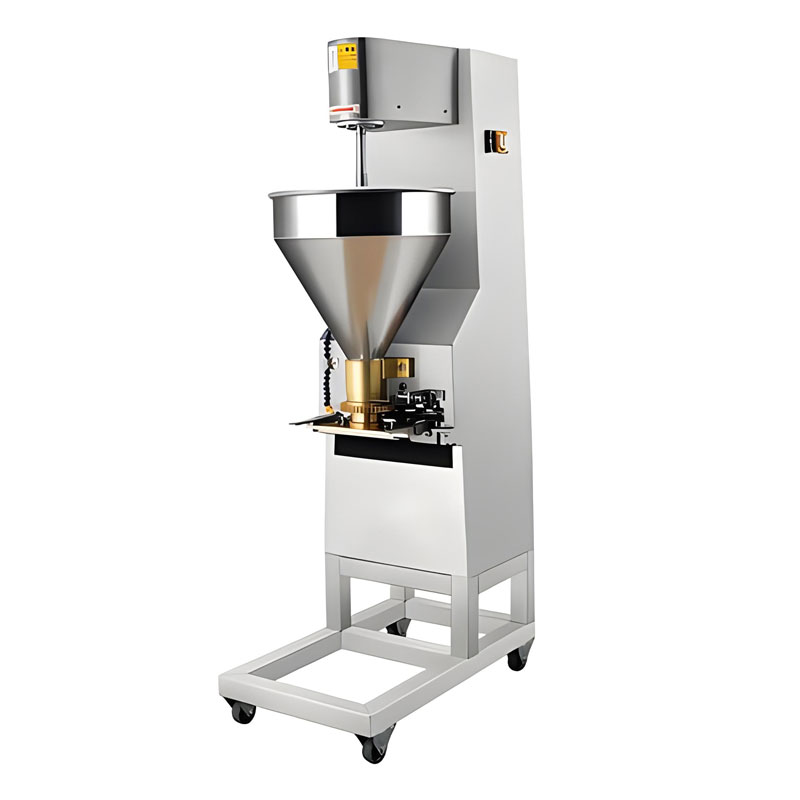
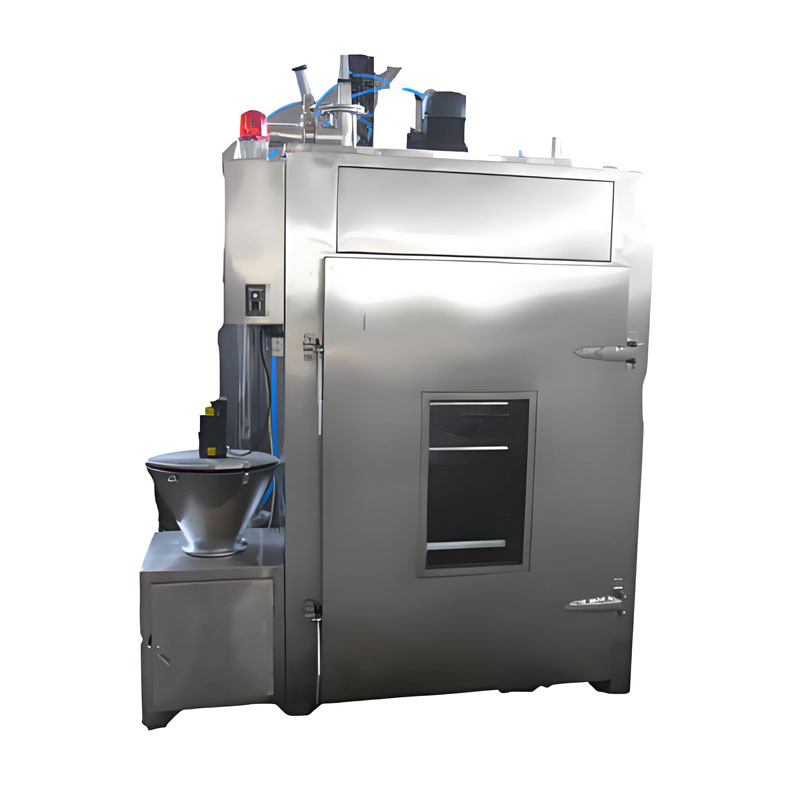
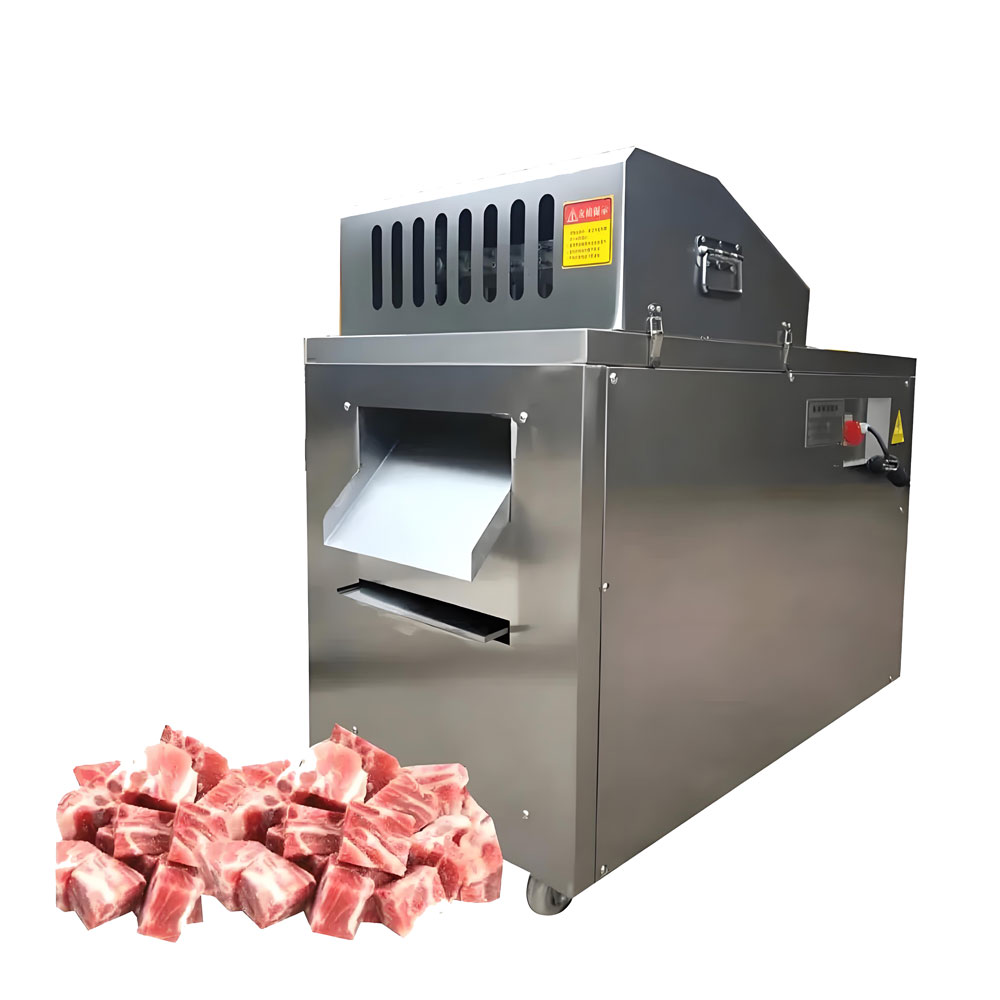
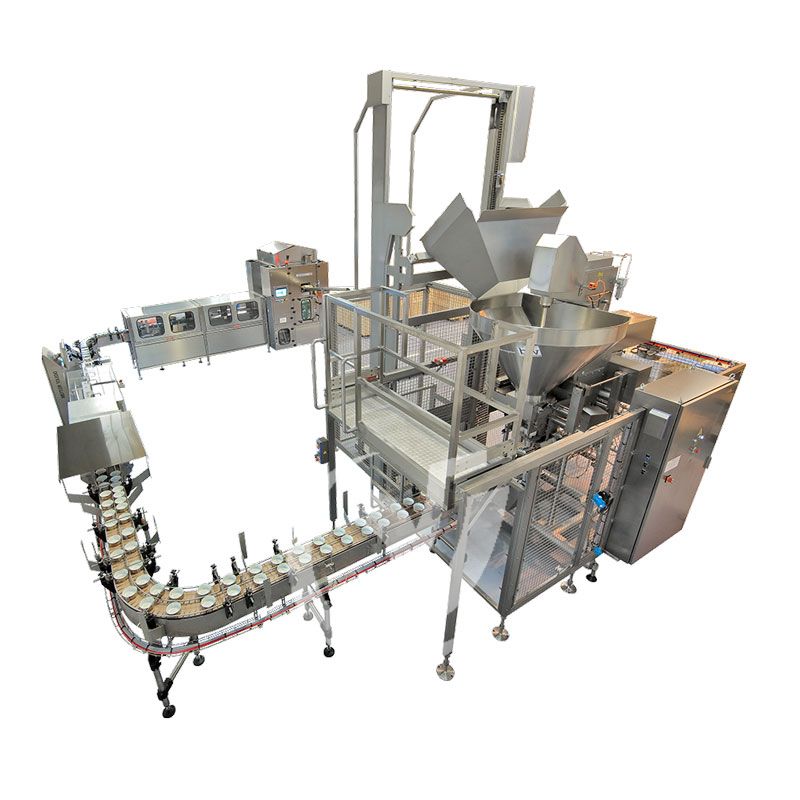

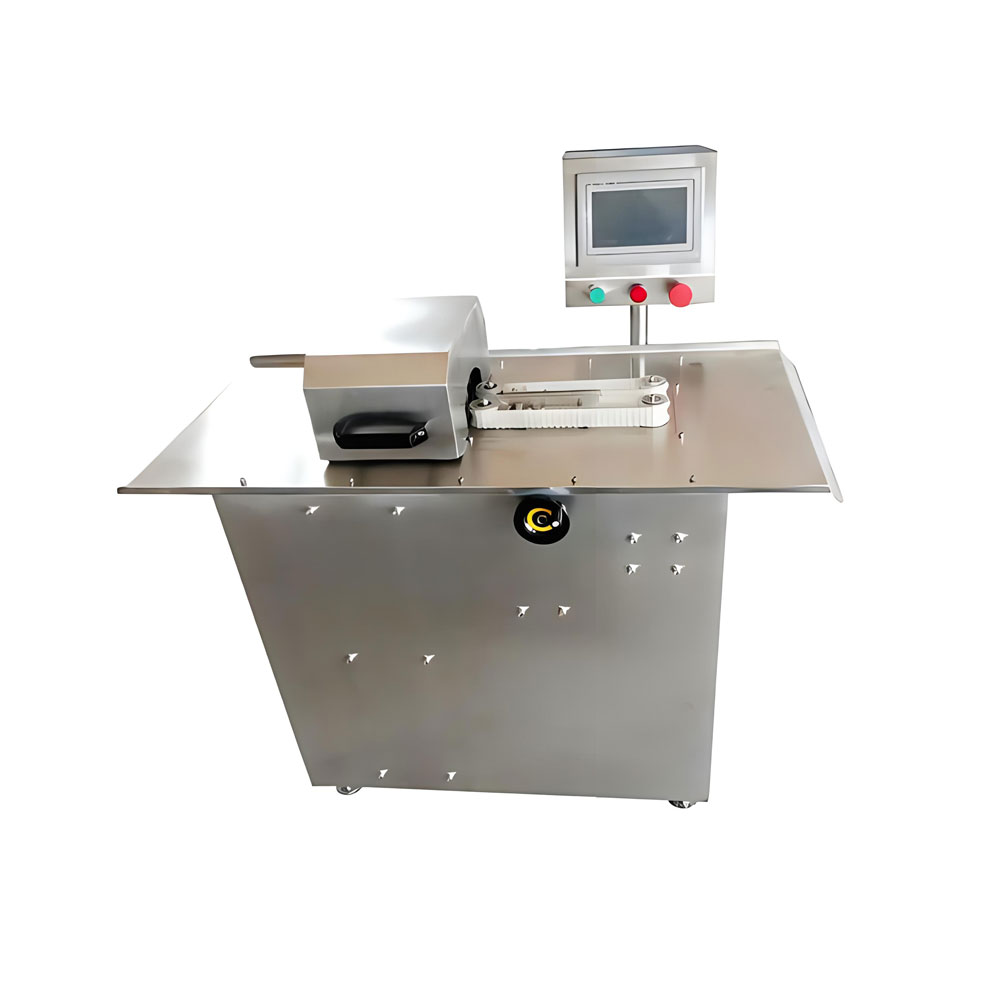
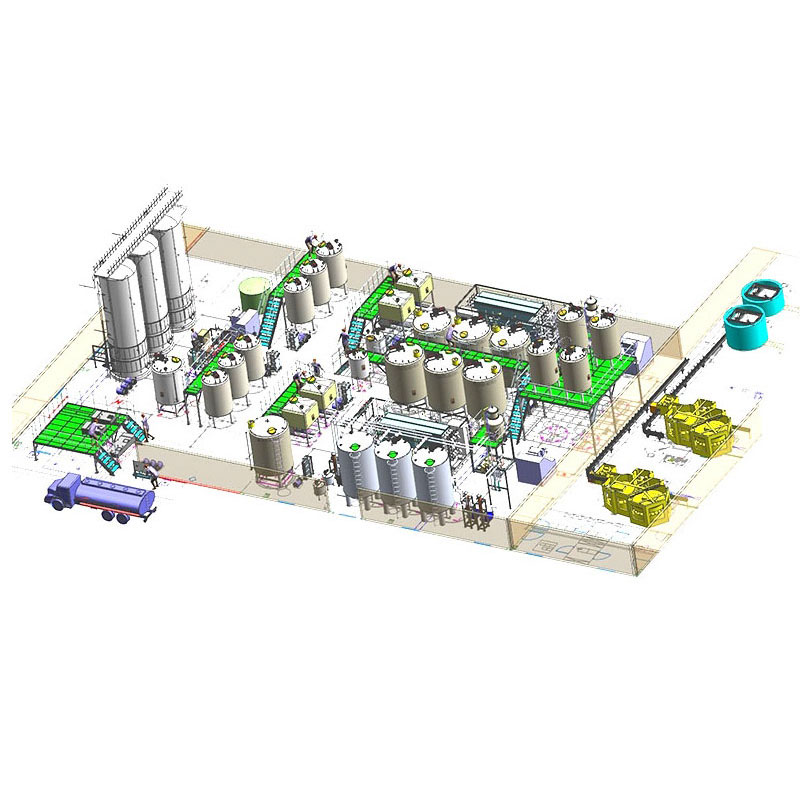
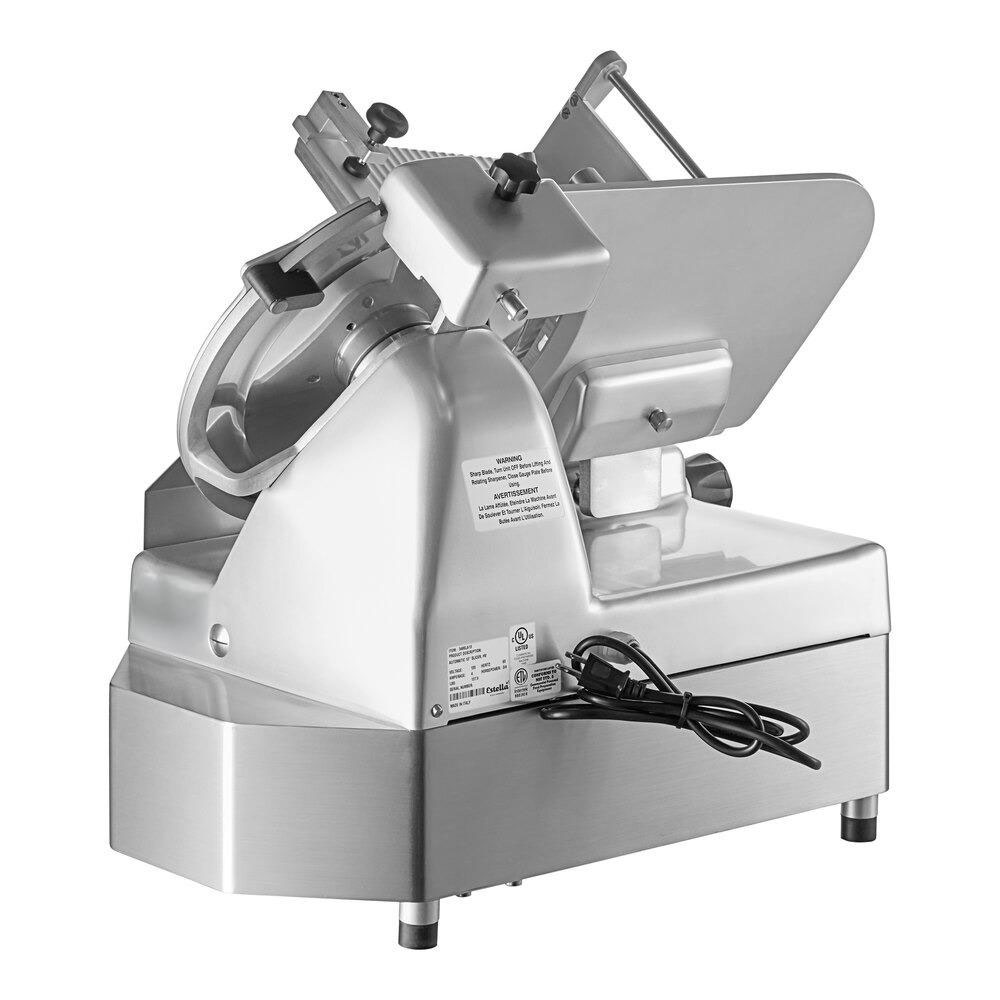
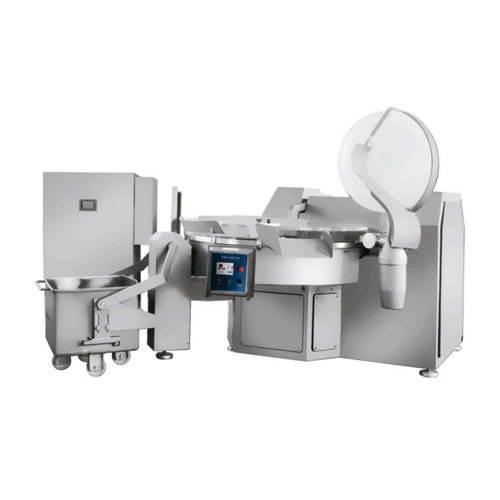
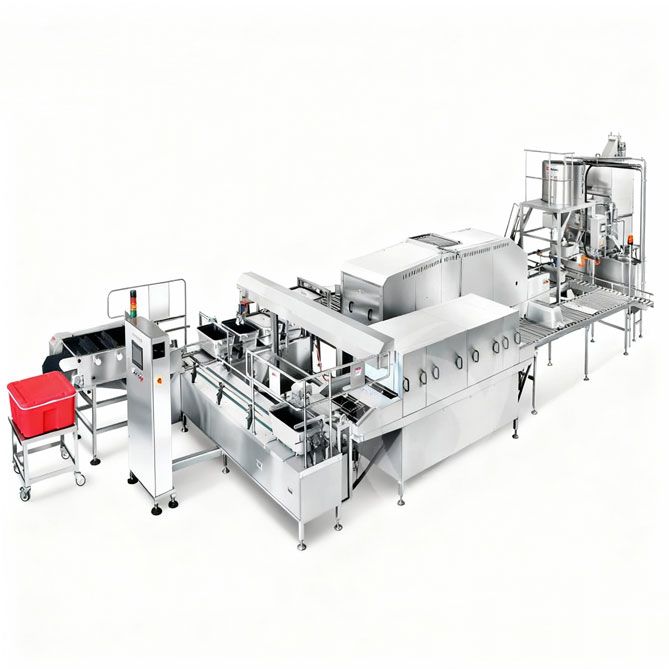
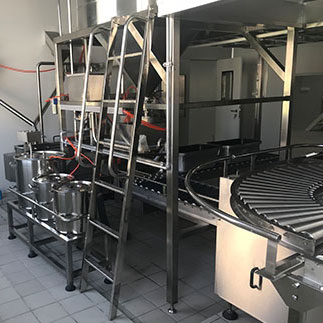 Cold Chain Rice Production Line
Cold Chain Rice Production Line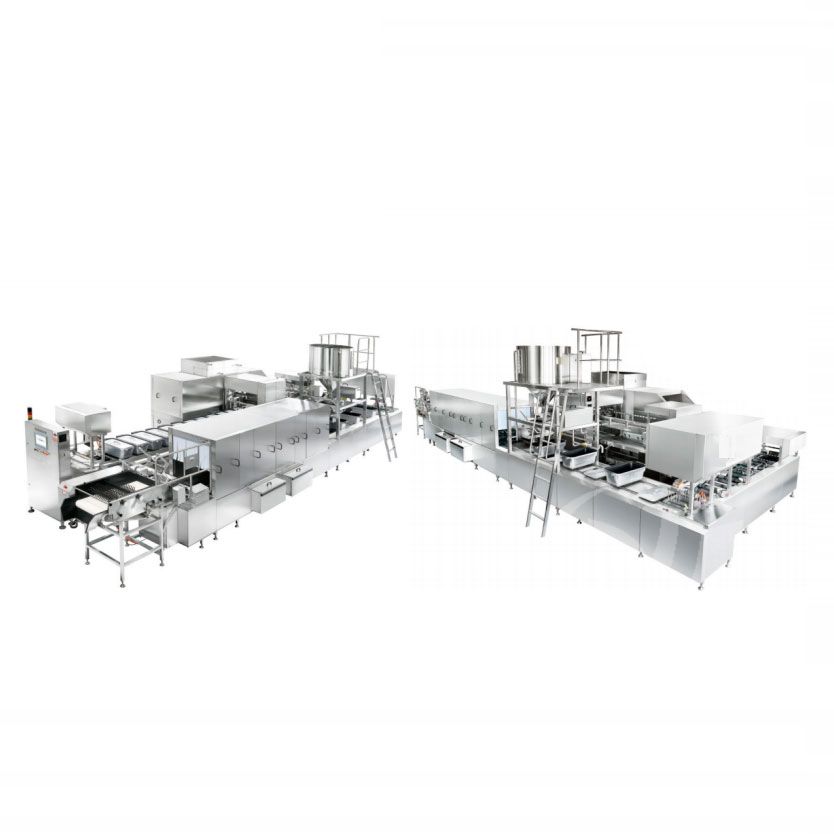 Unmanned Intelligent Rice Production Line
Unmanned Intelligent Rice Production Line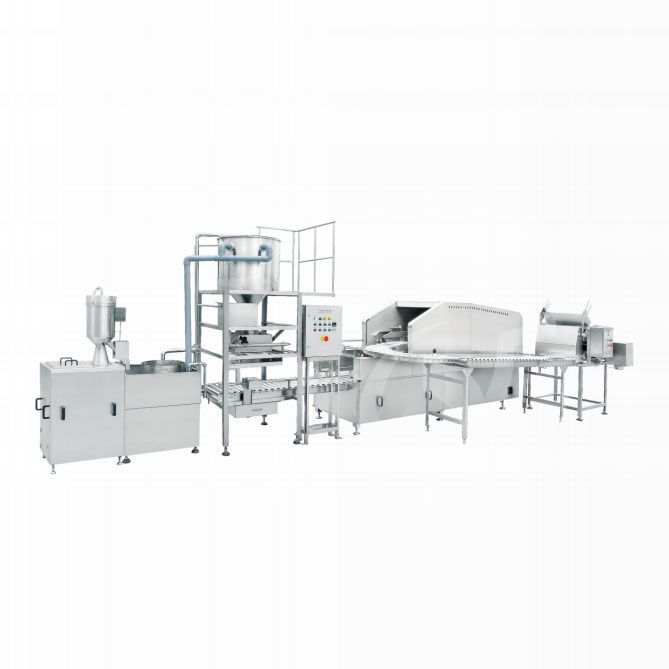 Automatic Rice Production Line
Automatic Rice Production Line
Ready to Get Started?